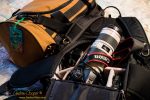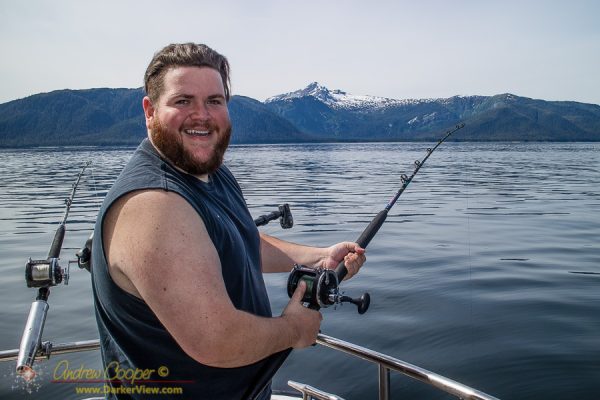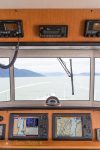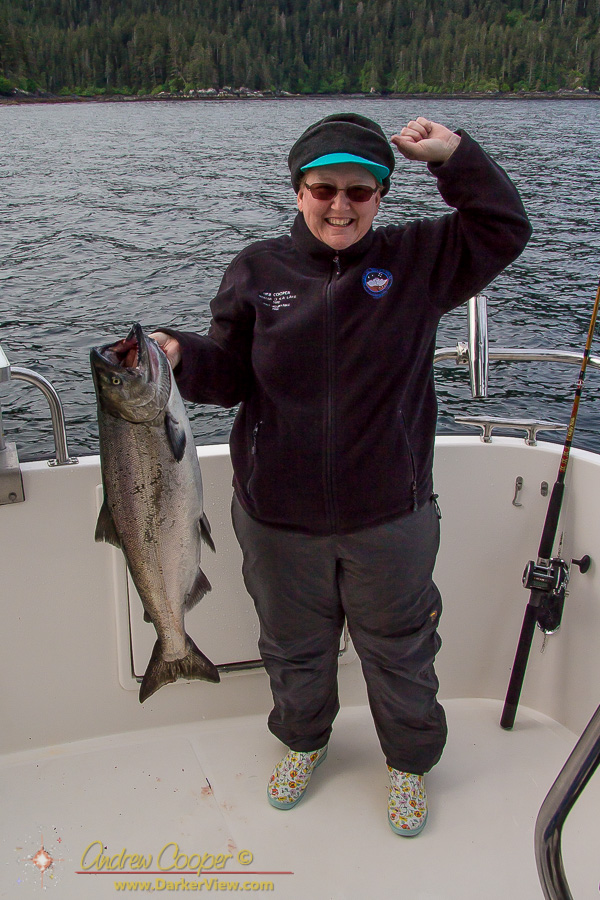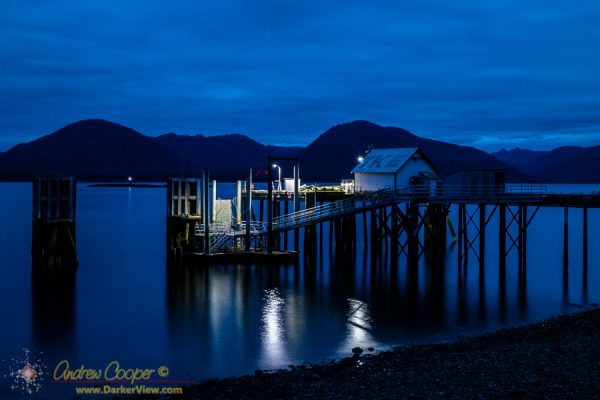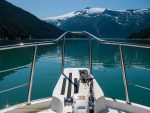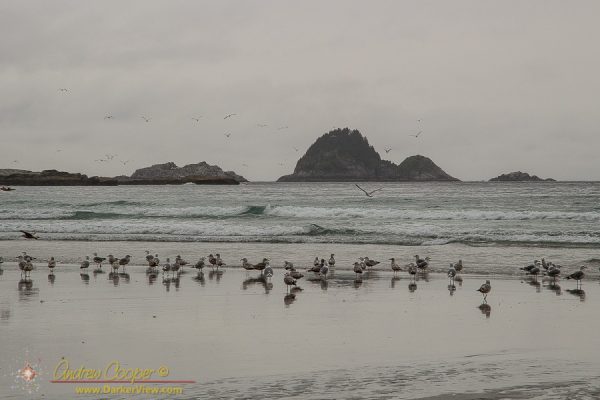It is that time again… Time to pack the back and get on a flight to Juneau. But what will I need and what can be left behind? After many years of packing for boating trips in Alaska I have come up with things that work, and found a few that do not. I will try to put these lessons learned here for anyone who might need some hints…
Luggage
One hint we often find ourselves repeating is to bring soft sided bags. Backpacks, duffel bags and the like can be unpacked, folded up and stuffed away in some nook. Hard sided bags always seem to be in the way or underfoot during the voyage. The Nordic Quest has a lot of closet and drawer space in each stateroom.
There is also quite a bit of cabinet space in each bathroom for toiletry kits. Taking advantage of this space allows you to unpack and not have to live out of the suitcase.I often use a carry-on sized duffel bag for all of my clothing, during the trip it sits on the bottom of one of the stateroom closets and is used as a laundry bag accumulating the dirty clothes. I got the bag as a freebie with a Carhartt order, it has proven to be a pretty good piece of luggage.
Clothing
Clothing that can be pulled on or doffed in layers is quite useful. Days can be cold and dreary, or hot and sunny, often changing quite quickly. Layers allow for lighter packing with a large number of combinations available to suit the need. Style is unimportant, trumped by comfort and rugged use. Flexibility is key here, quick adaptation to changing needs and weather.
I will tell you about my clothing setup to think about… My standard is a light rain shell or thin jacket that can be pulled on over a heavy woolen sweater, this over a short sleeved shirt. Three layers that let me dress for any weather and change quickly. My lower half is a pair of shorts and river sandals. But then I find myself jumping into two feet of water to pull the launch ashore, wading through streams, or just washing down the rear deck, I go for the amphibious mode by default. One or two pair of jeans are available for cooler weather.
I also find that I really do not need a fresh change every day. This is a fishing and outdoors trip, dirty is just a normal state of affairs! The supply of water aboard is limited, making showers infrequent. The same shirt and shorts tend to get worn a few days in a row, or until they get trashed with fish slime or mud. I take a fair amount of underwear and socks, it is nice to have a clean change and dry feet, but these do not take up nearly as much room in the luggage. In a pinch you can always hand wash something and dry it on the little clothes line we have set up in the engine compartment. A warm diesel engine drys laundry fairly quickly!
Do not forget a hat! Something that will keep both the Sun or the rain off your head is useful. A chin strap to keep it from blowing overboard is also recommended. I use a fold up travel hat with a wide brim, it fits all of the requirements above and can make a rainy hike much more enjoyable. It also keeps the no-see-ums and mosquitoes out of my hair!
Camera and Optics
I always pack my cameras with care, planning each lens and battery needed. The boat offers something for any camera and I usually carry several. There is the full sized DSLR kept on the bridge with an attached telephoto lens… This is for nature photography, whales, bears on shore, anything that comes along. I often give instructions to my fellow passengers… If something comes up, just grab it and shoot. I also have a good point&shoot or mirrorless handy. This smaller camera is for general photos of activity on the boat and to carry onshore. Always, always, always have a camera at hand or you will regret it.
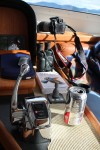
The throttle and driver station of the Nordic Quest completely equipped… Diet Coke, binos, bird book and camera.
Fogging of a waterproof case is an issue in the cool damp of SE Alaska, it will happen. I keep a can of Dust-Off handy and fill the case with dry gas before closing. Of course This can not be carried in luggage, but needs to be bought while grocery shopping.
Do not forget to have plenty of flash cards! You may surprise yourself with how fast you fill them up. Good photo opportunities abound and the memory goes fast. Pick up a few extra gigabytes worth of cards if in any doubt. It is obvious, but bears repeating… make double sure you have the correct batteries, battery charger and any needed cables for each camera you have along.
First Aid
there is a fairly complete first aid kit in the top drawer in the companionway of the Nordic Quest. Included are the necessities of antibiotic ointment for those normal fishing cuts and scrapes along with tape and gauze, plus a good selection of band aids. There is also usually insect repellent on-board.
Still, I find a few additional items useful… Sunscreen, it does get sunny on the water. My own small first aid kit for hiking. Your pain killer of choice (aspirin, acetaminophen, ibuprofen?) can be useful for overused muscles. Cold medications, twice now I have contracted a cold on the flight to Juneau.
Protection and Safety
Two cans of bear spray are to be found in the same drawer as the first aid kit. We consider this a strict necessity, carried by anyone who goes ashore in bear country. I always take a moment to brief everyone who carries it how to use it if needed. Bear spray is really the most effective defense by a large margin, no need to bring a firearm.
Life jackets are provided, but these are the bulky survival versions. We usually bring a couple of the more comfortable paddler’s style jackets, nice if you want to do a lot of kayaking.
A waterproof handheld marine radio is also to be found on-board. It is always carried by the launch operator and by shore parties to add a layer of safety. Just tune one of the two bridge radios to the same channel, usually 68, and turn the volume up a bit. I often bring another handheld radio to add to the convenience. The Baofeng UV-89 I use at work has a better antenna, better range, and can be programmed for all of the marine channels.

